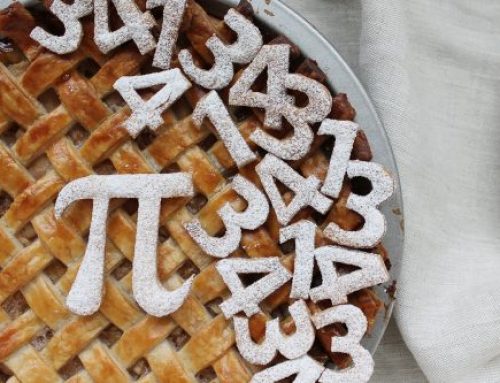Do Try this at home – a project tested by The Works
Fizzle Rocks, activity tested by Sarah
This at-home activity uses simple kitchen ingredients and reused treasures (toys) to create “fizzle rocks” that make an impressive reaction and reveal the treasures when submersed in vinegar.
Supplies:
- Spoon
- ¼ cup water
- 1 cup baking soda
- Food coloring
- Small mixing bowl
- Small plastic toys (I reused “treasures” I’d recovered from pockets while doing laundry)
- Plate
- 4 cups of white vinegar
- Large, clear bowl
Step 1: Use a spoon to mix the water, baking soda, and 2-3 drops of the food color of your choice together in the small mixing bowl to create a stiff dough. If it’s too wet, add more baking soda. If it’s too dry, add more water.
Step 2: Scoop a spoonful of the dough into the palm of your hand. Press one of your toys/treasures into the dough. Roll the dough in your hands until it looks like a rock. Be sure the toy/treasure is completely hidden. If it’s not, add more dough until it’s concealed.
Step 3: Repeat with each of toy/treasure until no more dough remains.
Step 4: Place each finished fizzle rock on the plate. Put the plate in a safe place overnight. The rocks need time to dry and harden.
Step 5: When the rocks are completely dry, you’re ready to watch them fizzle and reveal the treasures inside. Pour the vinegar into the clear bowl. Make sure all faces are clear of the bowl. Gently drop one of the rocks into the vinegar.
Step 6: Watch what happens!
Tip: The first rock will create the most impressive fizzle. We replenished the vinegar after the 2nd rock for more exciting results.
How it works: When the hardened baking soda crust makes contact with the vinegar, a chemical reaction occurs, dissolving the rock until your treasure is revealed.
Would I do it again? Yes! Although waiting overnight for the rocks to harden was difficult for a couple of impatient kids, the project was easy and fun and prompted discussion on the chemical reaction and the varying strength of the reaction between the first rock and the subsequent rocks.
.
Activity from The Kids’ Guide to Building Cool Stuff by Sheri Bell-Rehwoldt.


